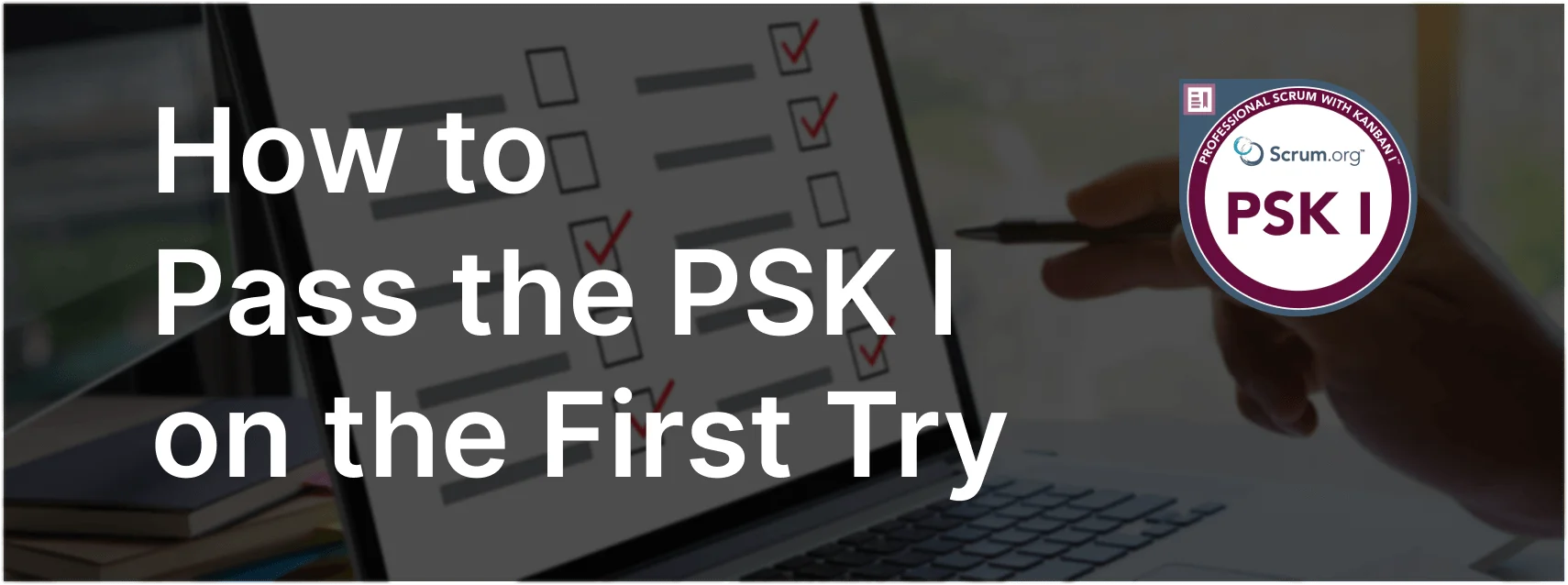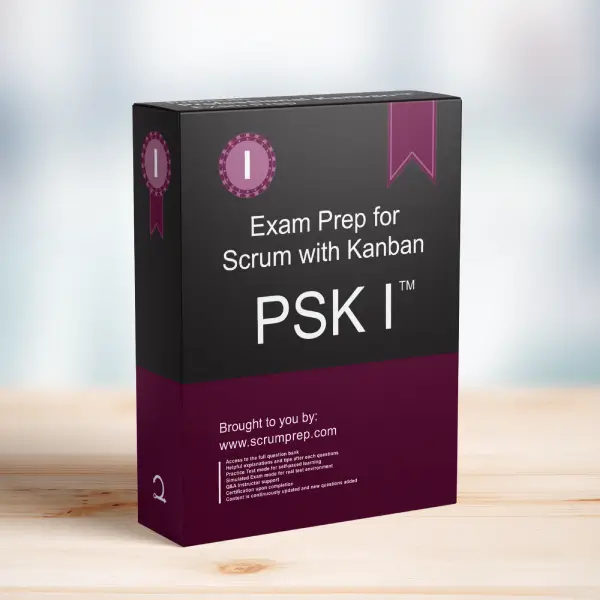Applying Little’s Law to Scrum Teams Using WIP Limits
Understanding the application of Little’s Law in the context of Scrum and Kanban practices can help teams optimize their workflow and performance.
Exam Question
According to Little’s Law if a Scrum Team uses Work in Progress (WIP) Limits to reduce their WIP, the following is likely to occur.
(choose the best two answers)
A. Average number of Product Backlog items completed in a given time period will increase.
B. Average time between start and completion for Product Backlog items will decrease.
C. Quality of work completed will increase.
D. Value of each backlog item completed will go up.
Correct Answers
A. Average number of Product Backlog items completed in a given time period will increase.
B. Average time between start and completion for Product Backlog items will decrease.
Explanation
Correct Answers
A. Average number of Product Backlog items completed in a given time period will increase:
According to Little’s Law, reducing Work in Progress (WIP) can lead to an increase in throughput, meaning more Product Backlog items are completed within a given time period. By limiting WIP, the team can focus on finishing tasks more efficiently, leading to an overall increase in the number of completed items.
B. Average time between start and completion for Product Backlog items will decrease:
Little’s Law states that reducing WIP leads to a decrease in cycle time (the time it takes to complete an item from start to finish). With fewer items in progress at any given time, each item can be completed more quickly, thus reducing the average cycle time.
Why the Other Options Are Less Effective
C. Quality of work completed will increase:
While reducing WIP can improve focus and potentially lead to higher quality work, this outcome is not directly predicted by Little’s Law. Little’s Law specifically relates WIP to cycle time and throughput, not quality.
D. Value of each backlog item completed will go up:
The value of backlog items is determined by their individual impact on the product and user needs. Little’s Law does not directly address the value of individual items; it focuses on throughput and cycle time.
Importance of Little’s Law in Workflow Management
- Efficiency: By managing WIP, teams can improve their efficiency and complete tasks more quickly.
- Predictability: Reducing WIP helps make workflow more predictable, as it reduces cycle time and increases throughput.
- Focus: Limiting WIP encourages team members to focus on completing current tasks before starting new ones, reducing multitasking and context switching.
How to Apply Little’s Law
- Set WIP Limits: Establish and enforce WIP limits to manage the number of items in progress at any given time.
- Monitor Metrics: Track key metrics such as cycle time and throughput to assess the impact of WIP limits.
- Adjust as Needed: Continuously review and adjust WIP limits based on observed performance and changing team capacity.
Relevance to the PSK I Exam
Understanding the implications of Little’s Law for managing WIP and its impact on cycle time and throughput is crucial for the PSK I exam. It demonstrates knowledge of effective workflow management techniques in Agile and Kanban practices.
Key Takeaways
- Reducing WIP according to Little’s Law leads to an increase in the number of completed Product Backlog items and a decrease in cycle time.
- Little’s Law emphasizes the importance of managing WIP to improve workflow efficiency and predictability.
- Applying WIP limits helps teams focus, reduce multitasking, and complete tasks more quickly.
Conclusion
According to Little’s Law, if a Scrum Team uses Work in Progress (WIP) Limits to reduce their WIP, the average number of Product Backlog items completed in a given time period will increase, and the average time between start and completion for Product Backlog items will decrease. For more information on preparing for the PSK I exam, visit our Professional Kanban PSK I™ Exam Prep.



